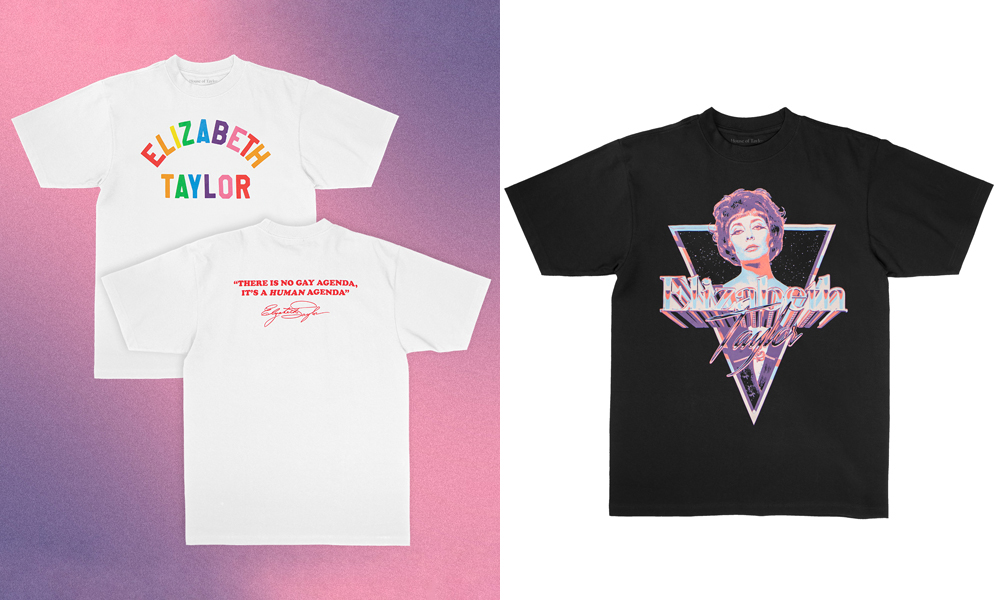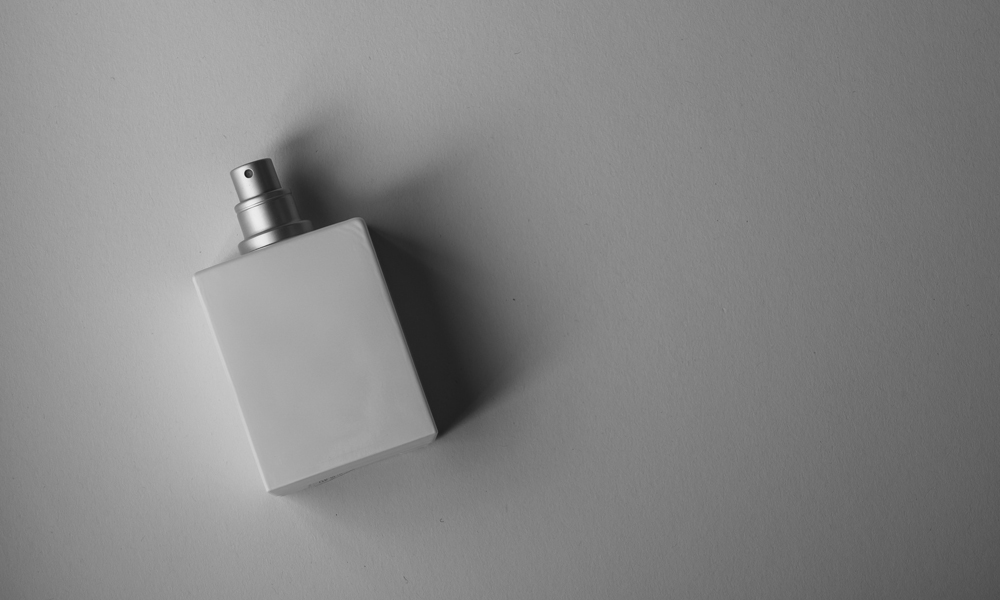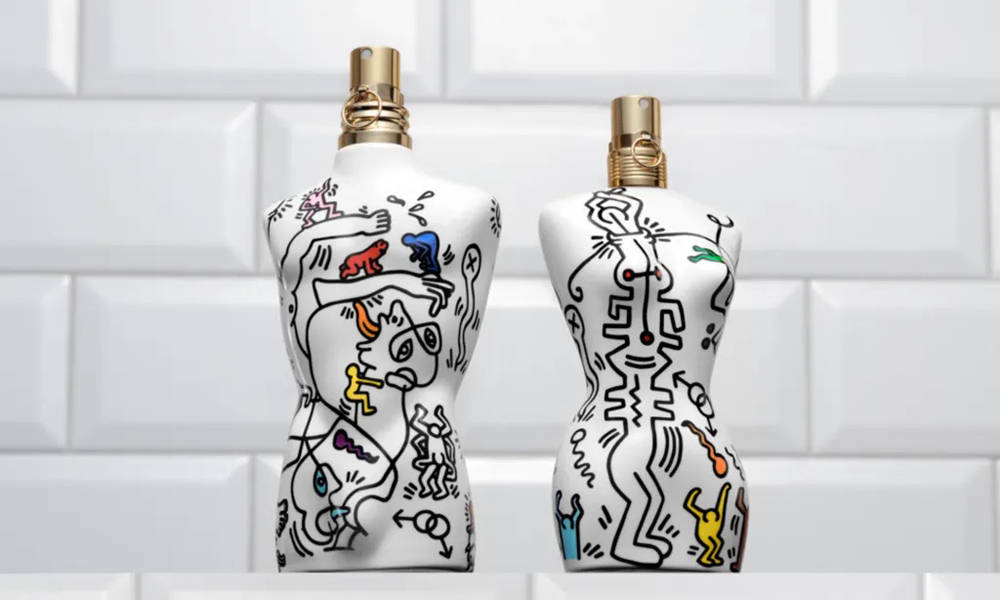“Gender should never apply to hairstyles, ever”…
By Adriana Ermter
Who decided that short hair is for men and long hair is for women? Society, to be frank, dating centuries back, as suggested by historic paintings, statues and artifacts.
A trip to the Gregoriano Profano Museum in Vatican City affirms this via a marble bust of Cleopatra (70–30 BCE) depicting her likeness, her face framed in ringlets with the bulk of her long curls pulled back into a bun. In comparison, at The Metropolitan Museum of Art in New York City, a ceramic bust of the Egyptian queen’s lover Marc Antony (83–30 BCE), complete with a crown atop his curly coif, affirms short hair was a man’s domain.
“Certainly in our culture, hair length is a loose, societally structured form of sexual dimorphism, or a trait that differentiates between the sexes,” writes Autumn Whitefield-Madrano, the author of Face Value: The Hidden Ways Beauty Shapes Women’s Lives, in an issue of Psychology Today magazine. “Plenty of men have long hair, but it’s still seen as a countercultural statement – not necessarily a proclamation of a man aligning himself with femininity, but a statement about resisting traditional, mainstream forms of manhood. (It’s de rigueur for heavy metal musicians, but the genre partially defines itself in opposition to radio-friendly music.)”
Celebrities have defied social constructs for decades, including gender-based hair. For women, the 1920s brought Josephine Baker’s kiss-curled Eton Crop. The 1930s showcased Carole Lombard, Jean Harlow and Marlene Dietrich in cheekbone-length Marcel Waves. The 1950s had women emulating Dorothy Dandridge and Audrey Hepburn’s short, rounded styles, while the 1960s highlighted Cicely Tyson’s short natural look and Twiggy’s iconic four-inch Pixie. Male A-listers, on the other hand, sported the Beatles-inspired Mop-Top in the 1960s; in the ‘70s, Mick Jagger, Rod Stewart and David Cassidy favoured the shoulder-sweeping Shag; and in the ‘80s (God help us), Billy Ray Cyrus, Patrick Swayze and Rob Lowe wore the signature Mullet.
But they are the anomalies. Most people follow convention, wearing the hair lengths and styles deemed socially acceptable, as proffered on hair salon service menus.
That is, until now.
Long and short gender-based hair is evolving and becoming more fluid
“Gender should never apply to hairstyles, ever,” says Andrew Ly, a beauty director and ambassador for Oribe Professional. “If [a cut] looks good on a person, then it looks good. We have hairstyle icons like Joan of Arc, Audrey Hepburn and Brad Pitt – when he had long hair – to thank for that. It takes confident people in society and pop culture to create this gender-fluid society, and we need to continue this way of seeing and living life.”
Helping to create this gender-fluid society are hair salons. Non-binary terminology, such as “short haircut,” “razor haircut” and “long-layered haircut,” are becoming more commonplace, replacing male- and female-identified styles and services. Specific names and descriptors for haircuts – such as the “Butterfly” (for a shoulder to upper-back length with long layers), the “Fade” (for a two- to three-inch length cut on the top with tightly cropped or buzzed hair at the sides) or “The Bob” (a style that’s one length and cut at the chin) – are popping up in salon conversations and on service menus with more frequency. All combined, this newly integrated gender-neutrality is empowering clients to more confidently ask for what they want without worry or judgment about their gender orientation.
“A hairstyle is a style with no gender attached,” affirms Ly. “If we [hairstylists and salon owners] change how we use our words, then maybe we can start seeing positive changes moving forward.”
Positive changes currently demonstrated in salons have included awareness and education about the importance of gender fluidity, proper pronoun usage, the integration of gender-neutral hair terminology and how to describe haircuts, colour and styling without bias. Stylists are also becoming better acquainted with all of the tools in their salon’s repertoire, like hair clippers for short to buzzed cuts, rainbow shades of hair colour, foils for highlights and razor blades for choppy, edgy looks.
“Stylists were originally trained to differentiate and cut men’s and women’s hair styles by technique,” explains Ly.” Men’s cuts were about using clippers, razors and shears, and women’s cuts were mostly created with shears. It’s all based on a societal bias based on what represents masculine and feminine, [which is now changing].”
Salon menus are also being rewritten to celebrate inclusivity, individualism and tailored styles. Typically, a woman’s haircut and/or hair colouring service – regardless of length, style or colour – has cost more than a man’s, even if he was getting a long haircut and a head full of highlights. “The same cutting techniques apply to a women’s short haircut and a men’s short haircut; it’s all the same,” adds Ly. “The same rule applies with cutting long hair, yet women’s long haircuts have always been the most expensive. Any person sitting in a hairstylist’s chair should be paying the same hourly base price no matter what gender.” Which has many forward-thinking salons doing just that. There is a rise in gender-neutral pricing, which is based solely on the length of the hair, the amount of time it takes to cut the hair and the level of seniority of the hairstylist providing the service. (Junior hairstylists typically charge a lower rate than senior stylists and salon owners.)
“It’s all about breaking the stigma,” affirms Ly. “The message is that [everyone] can be beautiful and gorgeous without having societal stereotypes [telling us] what is feminine, masculine and beautiful. I’m happy that, today, we are seeing more fluidity in hair.”
ADRIANA ERMTER is a Toronto-based lifestyle-magazine pro who has travelled the globe writing about must-spritz fragrances, child poverty, beauty and grooming.






POST A COMMENT